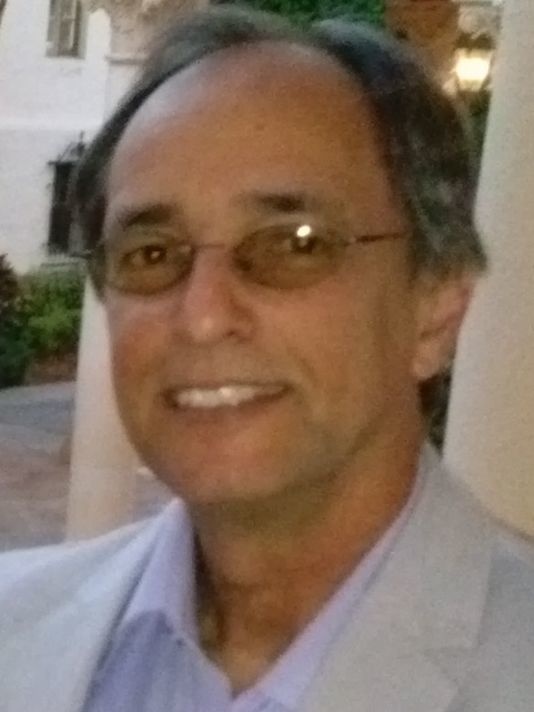
This article originally appeared in Iowa City Press-Citizen
By Julio Cesar Perez Hernandez, Guest Opinion
Havana, the beautiful capital of Cuba, is ready for a sensitive change and renovation according to sustainable principles. While this year, 2015, marks the 500th anniversary of the city´s original foundation, the idea of change is in the air and also in the minds of many people, local and foreign, who recognize the many challenges involved in such an undertaking.
Havana, a Caribbean metropolis with a strong European influence, was spared the damage of the global urban renewal and over-development trends of the second half of the 20th century. Its unique and appealing spirit stems not only from the well-known quality of its music and rhythms, its vibrant street life and its friendly ambiance, but also from its built environment.
The city’s magic and poetry, its cultural identity, derives not only from the harmonious juxtaposition of different architectural styles, displayed by an impressive collection of buildings authored by world-famous local and international architects, but mainly from its urban heritage and its enormous intangible and tangible values.
Havana´s traditional and unique urban fabric and its network of public spaces — the only remaining examples of their kind in Spanish America — have been kept intact and should be preserved. This is why, in 2001, during my Loeb fellowship year at the Harvard Graduate School of Design, I conceived and developed “A Master Plan for 21st-Century Havana," registered at the U.S. Library of Congress, aimed at preserving Havana’s legacy while creating new economic opportunities and preparing the city to deal with unforeseen challenges and opportunities.
Over the next five years, the plan was developed and completed as a work of love, a professional and human endeavor for the salvation of the city, something I considered a sense of duty. A collaborative team of former students who were then beginning their careers as professional architects joined me in this voluntary project, and the resulting urban plan expresses a multi-generational team´s vision for the future development of Havana, not that of the government nor any official planning agency.
This is the first time in Havana´s history where an independent and comprehensive plan has been developed that provides a long-term, holistic vision for the entire city. It is based upon the city´s needs for a contemporary update, but its fundamental concepts are rooted in Havana´s geography, history and traditions, as well as the idiosyncratic nature of the Cuban people.
Also for the first time in our history, Cuban citizens and foreigners have had the opportunity to participate in and be consulted about the transformations proposed for the city through public international workshops. I convened the first Havana International Charrette on Urban Design in 2007, and each successive year´s charrette has tested the original conception of the master plan and offered new insights and innovative thinking.
The "Master Plan for 21st-Century Havana" is wide and ambitious, and its content calls for Havana to acknowledge and surpass its past splendor in terms of economics, culture, and urbanity. This will allow the city to become the place for its inhabitants and also for foreign visitors based upon its secular tradition of excellence and resilience, and the personal pride and sense of belonging of its inhabitants.
The master plan for Havana is on its way to implementation after a continuous networking effort and the discussion of its ideas in international lectures and teaching engagements over the past many years. As several participants in the March 2015 charrette in Havana concluded, the next creative era in Havana´s history has begun and must build on the vibrancy, vitality and diversity that make this global city such an enchanting place, while maintaining its own cultural identity.
The history and future development of Cuba will be among the many topics discussed on the next WorldCanvass called "Cuba: Yesterday, Today, and Tomorrow." I invite you to attend the live program, hosted by Joan Kjaer for International Programs, at 5 p.m. Tuesday, at FilmScene in Iowa City.
Julio Cesar Perez Hernandez is a Cuban architect and urban planner, professor and author of the books “Inside Cuba” and “Inside Havana.”